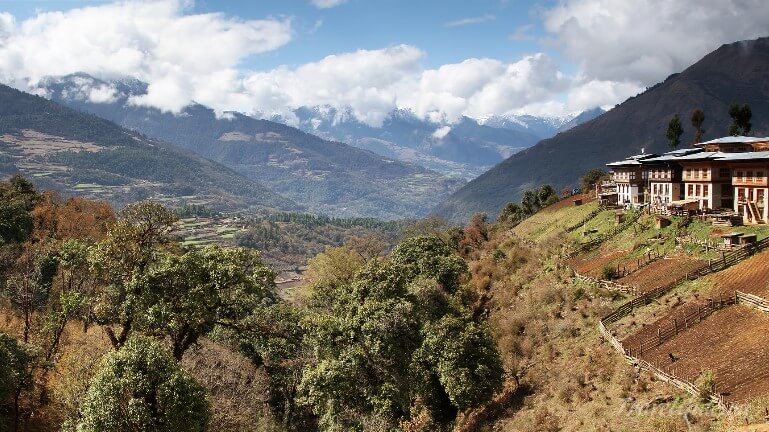
Kingdom of Bhutan - a country behind seven castles
FROMa castle behind seven castles, a transcendental kingdom, the last state in Asia without an accurate geographical map - until recently, the kingdom of Bhutan was called by those few travelers who managed to visit this mysterious and inaccessible country located on the southern slopes of the Eastern Himalayas.
Interesting facts about the country
For the first time, a European foot set foot on Bhutanese soil in the 16th century. But until very recently, this kingdom remained a "blank spot" for the whole world.
They say that when scientists photographed the far side of the moon, more was known about the satellite of the Earth than they knew about Bhutan at that time. Only in our days the appearance of a stranger has almost ceased to amaze the Bhutanese. And then it turned out that this little explored country is unusually generous with surprises.
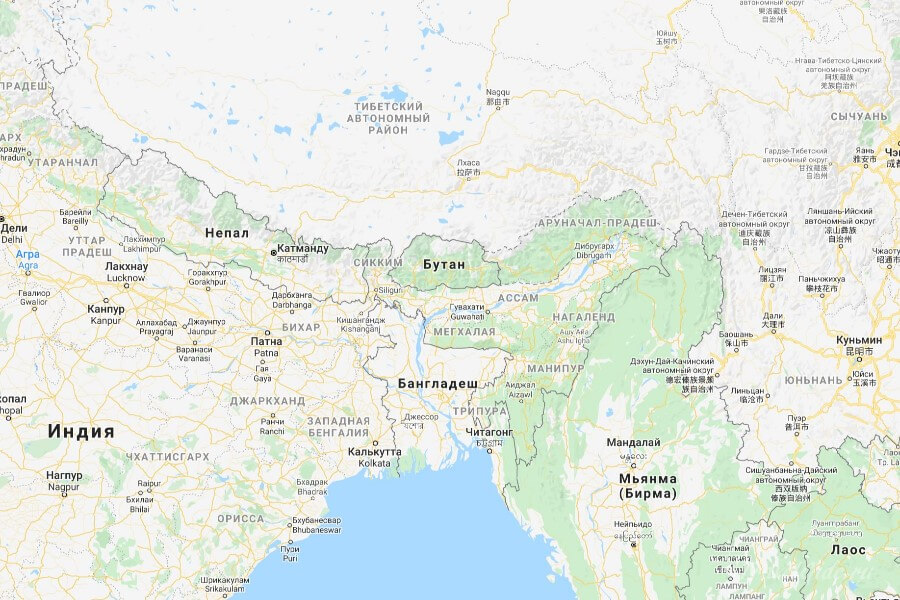
So, in the 1920s, zoologists discovered a new breed of monkeys and herds of deer shu in the jungles of South Bhutan, which were considered extinct. It is difficult to say what discoveries await zoologists, ethnographers, botanists and other scientists in the most inaccessible corners of this reserved region.
There are, perhaps, two reasons for the centuries-old isolation and isolation of Bhutan from the rest of the world: the geographical position and the policy of self-isolation, which its rulers pursued for a long time. Europeans were allowed here only at the personal invitation of the king or one of the members of his family.
The country is fenced off from unwanted guests by high mountains, snow-covered ridges, and difficult passes. The traveler, who until recently ventured on a journey to Bhutan, had to, starting from the Indian border, for a week or even two, riding a mule, yak or on foot, climb along narrow paths hanging over an abyss, overcome stormy mountain streams, risk falling under rockfalls or snow falls.
Climatic conditions
Butane - a country of climatic contrasts, which are all the more striking because its territory is relatively small - about 40 thousand square kilometers. The valleys and canyons of its southern part - "duars" or "dvars" are dense tropical forests.
The powerful wall of the Himalayas reliably covers this region from the cold northern winds. There is no winter here in the usual sense for Europeans - the mercury column in January rarely drops below 20 degrees Celsius. In summer, moist winds from the Indian Ocean rush here. Cooling in the foothills of the Himalayas, they are overthrown by monsoon rains. The amount of precipitation in the "dvars" reaches 5000 millimeters per year, with 90 percent of it falling in the summer.
Monsoon in Bhutan - this is not rain in our usual sense, but a continuous stream of water, in which a person is often unable to see the fingers of his own outstretched hand.
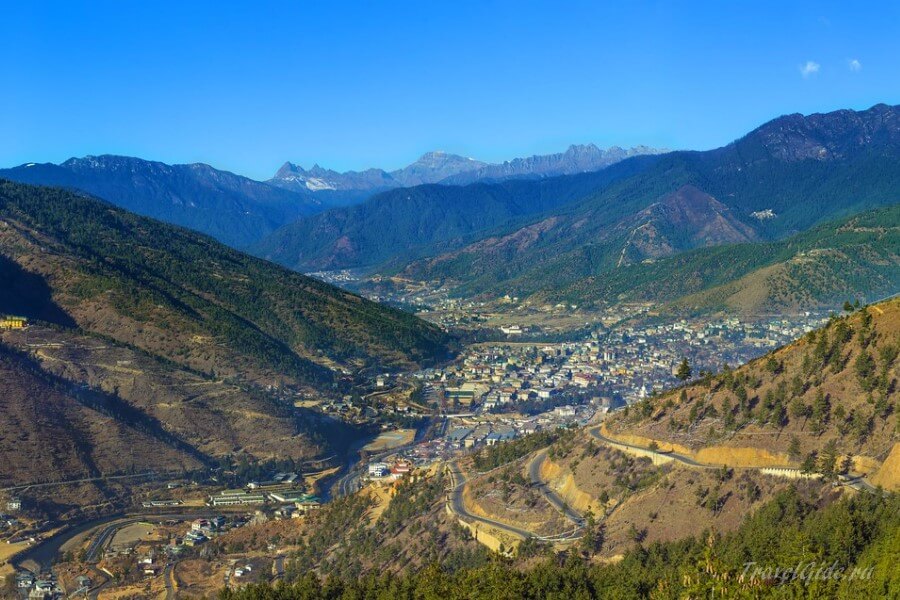
Monsoon time is the most difficult and unpleasant period for the population. Downpours that continue day and night hinder any economic activity. Scorpions, snakes, lizards, phalanxes, huge ants and other unsympathetic inhabitants of the humid tropics rush to the dwellings of the Bhutanese in search of a dry corner.
This is one of the reasons why the inhabitants of the "dvars" build their houses on stilts, quite high from the ground. They call their land Druk-yul - "land of thunder dragons." This name is explained by the fact that tropical showers are usually accompanied by thunder and lightning. By the way, the mythical thunder dragon is depicted both on the coat of arms of the kingdom and on the national flag of the country.
Inhabitants of the Kingdom of Bhutan
Central Bhutan is a series of parallel ridges elongated from north to south, interspersed with fertile valleys, along which fast full-flowing rivers flow. In one of these valleys, located at an altitude of 2500 meters, there is the capital of the country is Thimphu, city with with a population of over 100 thousand peoplebuilt in traditional Tibetan style.

In these valleys and on the slopes of the surrounding mountains lives the majority of the country's population, numbering about 750 thousand people. Basically, these are Bhotians, in appearance, language and culture very close to the Tibetans.
Cheerful, not prone to despondency, Bhutanese believe that the main thing is a good mood, and then any work will be argued. They are also wonderful builders. Usually the house here consists of three floors.
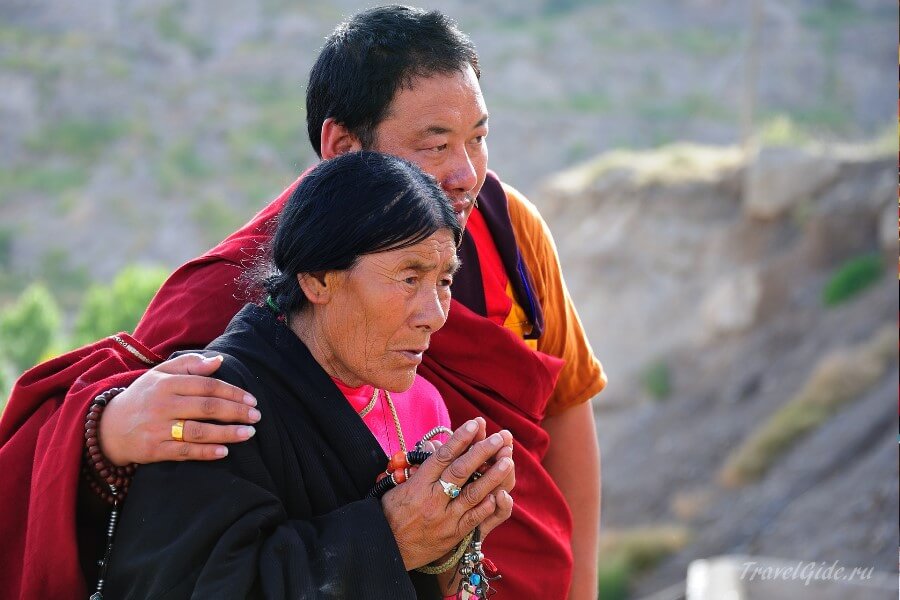
On the first one they keep livestock, on the second there are living quarters, on the third - a pantry for food storage. As a rule, dwellings are decorated with intricate wood carvings, by the way, strikingly reminiscent of the one that has been typical of Russian wooden architecture since ancient times.

It would not be an exaggeration to say that the life of every Bhutanese from birth to death is determined by the canons of the northern branch of Buddhism - Lamaism. The word "lama" in Tibetan means "highest, heavenly." Lamaism has proclaimed the lama-monks infallible, and calls on the faithful to follow their instructions in everything as representatives of the Buddha on earth.
The main occupations of the inhabitants of Bhutan
The nature of central Bhutan also determines the occupation of its inhabitants. Most of them are employed in agriculture. In the river valleys, mainly rice is cultivated, and on the slopes of the mountains - wheat, buckwheat, barley, and potatoes.
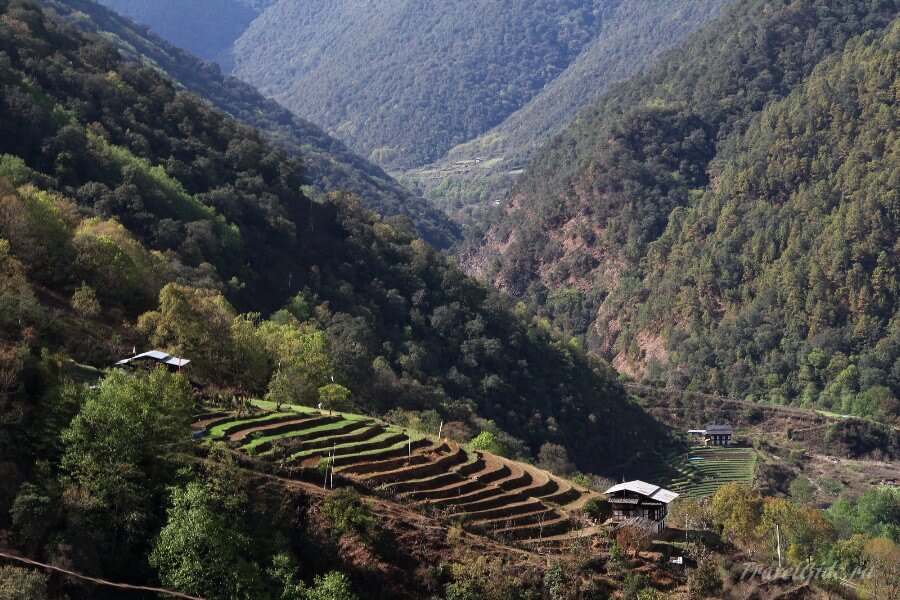
Northern Bhutan, with its vast alpine meadows, is the main pastoral region of the country. The population here breeds yaks, sheep and goats. The yak is the most common pet. It gives thick long wool, which is used to make warm fabrics, and its fat milk is not only drunk, but also made into cheese and butter.
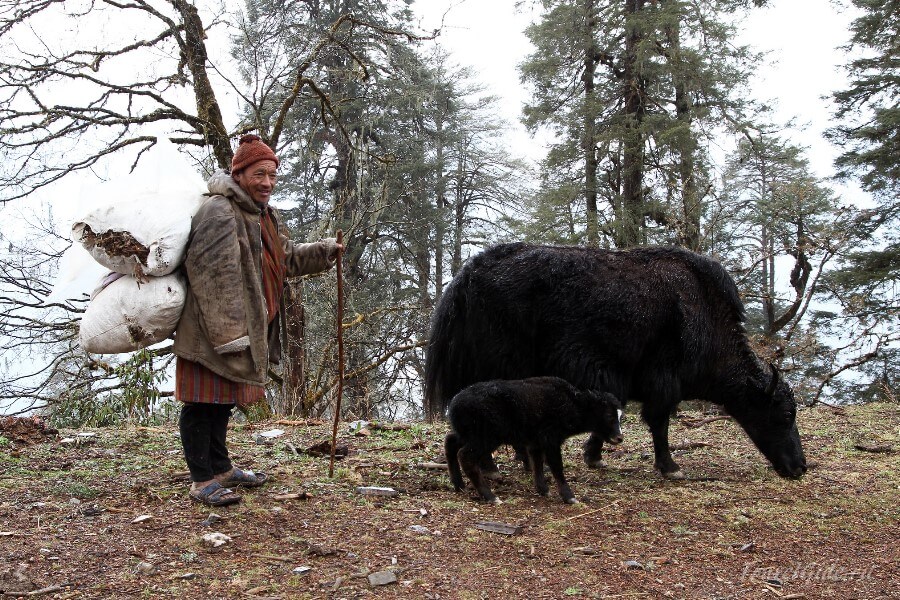
Cut into long strips and sun-dried, yak meat complements the mostly vegetarian diet of the Bhutanese. On narrow mountain paths, the yak is an indispensable means of transportation and transportation of goods.
Bhutan's agriculture is still dominated by feudalism. Timid attempts at agrarian reforms run into resistance from large landowners. The iron plow is still not familiar to most peasants; they plow mainly with wooden plows.
Buddhism is the basis of the spiritual life of Bhutan
In Tibet, the Himalayas and other places where Buddhism dominates, almost every family has its own lama-mentor. In Bhutan, this creed has been preserved in its original form. According to some reports, here, as well as in certain areas of Tibet and the Himalayas, lamas (monks) make up up to 10 percent of the total population. According to the established tradition, each family - and it usually has up to 5-6 or more children - sends one of the sons to the monks.
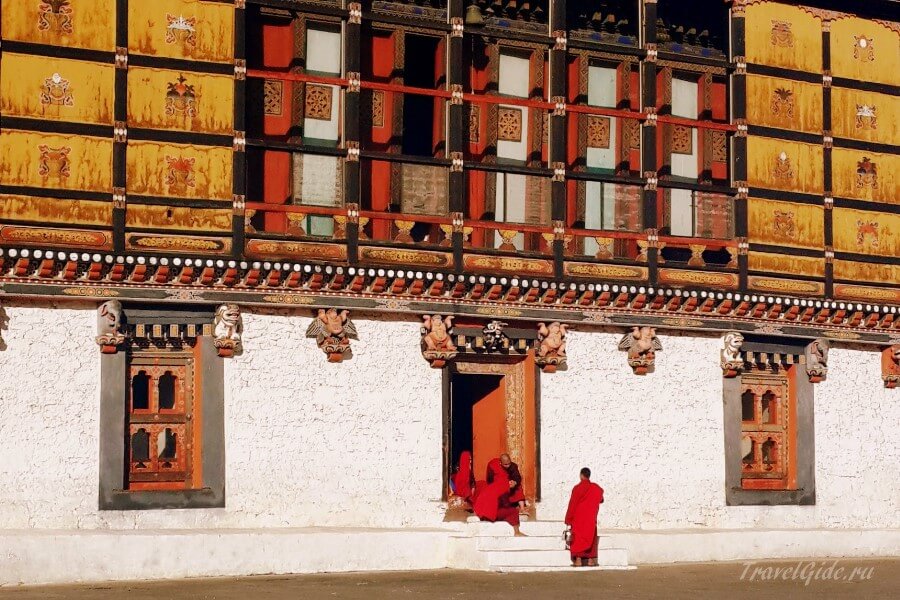
Every morning, Bhutanese villages wake up to the sound of three-meter-long trumpets, drums and musical shells from a nearby monastery. Music occupies an important place in the lamaist cult: it is accompanied by both ritual dances and mystery worship.
Lamas dance in colorful masks, symbolizing the forces of good and evil. This is a whole performance depicting the eternal struggle of two principles - light and dark. At the end of the dance, virtue triumphs, evil is punished and defeated, peace and justice reign for a while.
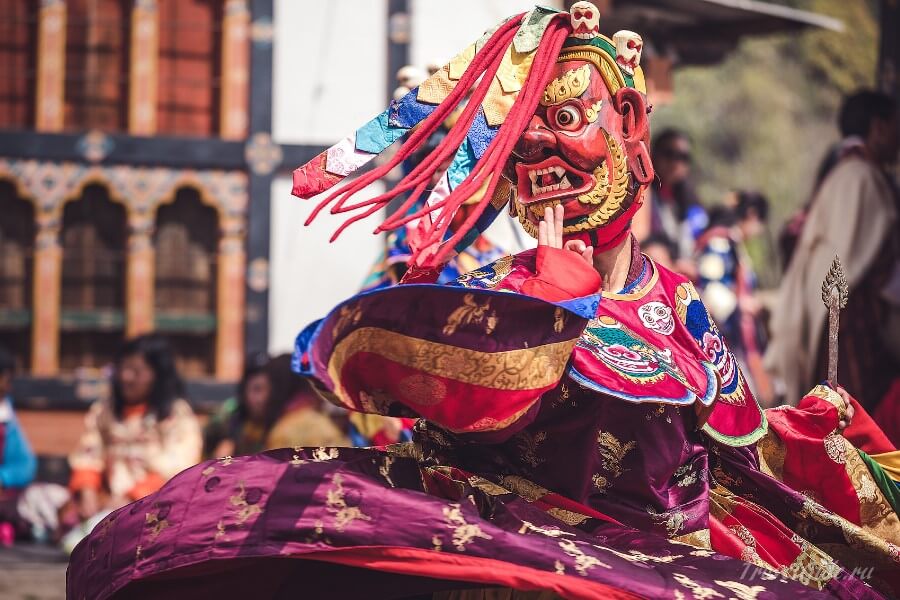
Theatrical processions of lamas also have a huge emotional impact on believers. One of the most colorful processions of this kind is the “circle of Maitreya”, the arrival of which Buddhists always expect, believing in him as a messiah, the coming Buddha.
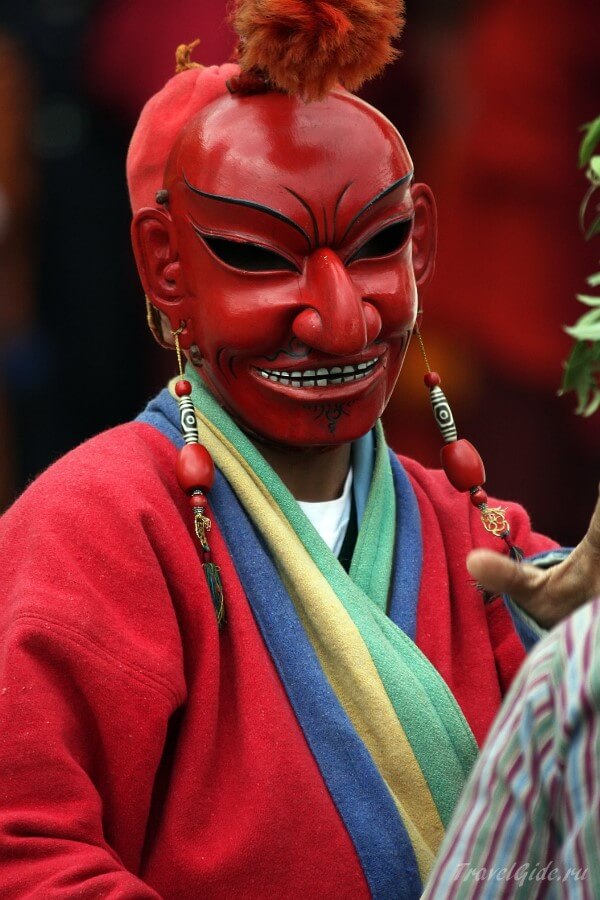
This ceremony is held in the summer with a huge gathering of people. The lamas carry the statue of Maitreya out of the temple, place it on a chariot, and then move with it around it, which symbolizes the messiah's tour of the whole earth.
Lamaism has greatly simplified the order of daily prayers for believers. In monasteries and temples are established prayer drums - hollow wooden cylinders where pieces of paper with the texts of prayers are laid.
When a believer rotates it by the handle, it is believed that he reads the prayers laid there. An even simpler way to communicate with the gods is poles with flags installed near the dwellings. Prayers are also written on the flags, and when the wind sways them, it is believed that the prayer of the believer reached the goal.
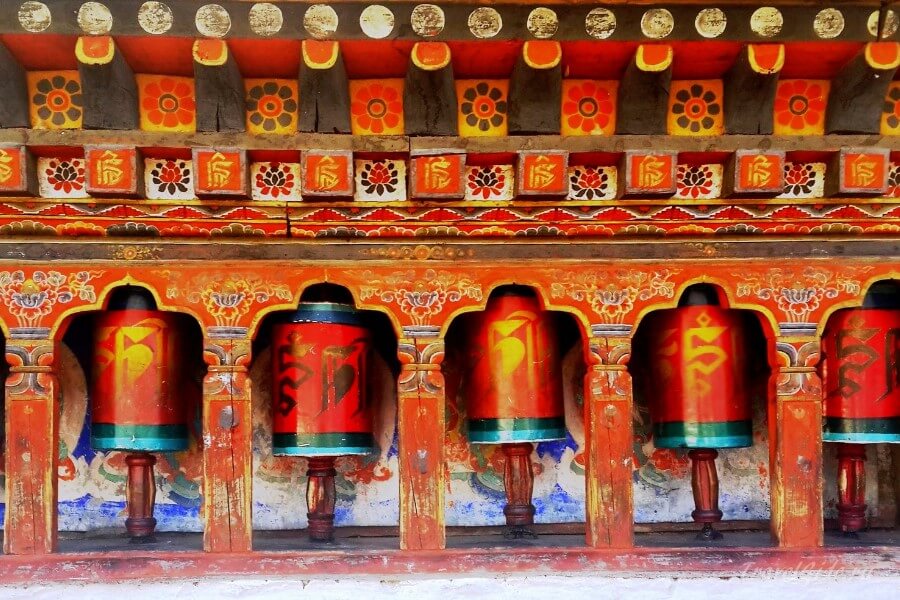
The centers of Buddhism in Bhutan are dzongs (“city, fortress”) - in fact, cities surrounded by thick high walls made of clay, stone slabs and stones in case of an enemy invasion. Inside, there are certainly a monastery, temples, a hotel for pilgrims, dwellings for servants and artisans, food warehouses.
The most diverse people gather in dzongs: peasants from nearby villages, who sell grain, vegetables, meat, and milk here; cooks who need to feed several hundred monks; builders building new buildings. If necessary, several thousand people can hide in the dzong at the same time.
Village elders also gather here for administrative and other meetings. Near the walls of the dzongs, on Sundays, crowded bazaars are noisy, where there is mainly barter trade: money in Bhutan has been introduced relatively recently, and its population still treats them with a fair amount of distrust.
Of great interest to orientalists are monasteriescontaining numerous ancient manuscripts. They could tell a lot about the formation of Bhutan as a state, they would help to unravel the mysteries surrounding the Himalayas and surrounding areas.
However, the monks do not allow strangers to these treasures. In general, Bhutanese monasteries can be called museums, often not inferior in number and value of exhibits to many repositories in Europe. In addition to ancient manuscripts, numerous monuments of material culture of past eras are collected here: ceramic vessels and vases with paintings on secular and religious themes, figures of deities cast in bronze, majestic stone statues, jewelry, chasing on copper and silver ...
But the most valuable asset of each monastery is tanks - huge, colorful panels of tens of square meters depicting scenes from the lives of numerous Buddhas. They are removed from the monastic vaults only once a year, at sunrise or sunset: otherwise, gold embroidery and paints may fade from its bright rays, and the fabric will deteriorate from the heat of the day. Thanks to this careful attitude, tanks are preserved for hundreds of years.
Bhutan on the political map of the world: past and present
The important strategic position of Bhutan on the routes from the hinterland of Tibet to the coast of the Bay of Bengal attracted numerous conquerors for centuries. In the past, the troops of the Tibetan rulers invaded here more than once, and then the British began to approach him.
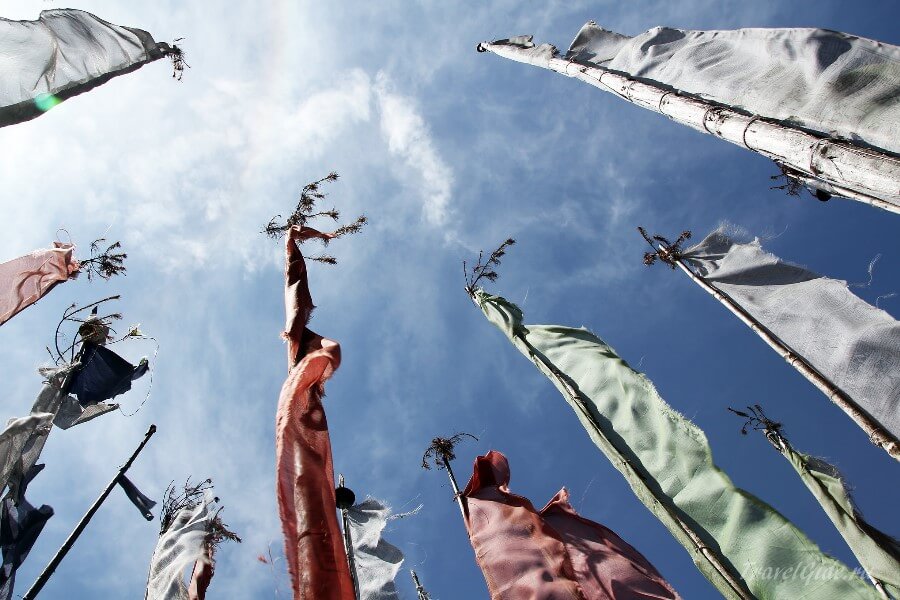
After the Anglo-Bhutanese war of 1864-1865, they imposed an enslaving treaty on the country, essentially placing it under a British protectorate. But the British colonial empire collapsed, and in the middle of the last century, modern followers of Chinese mandarins turned their greedy eyes on Bhutan, who have long claimed their “historical rights” to this territory, however, as well as to the lands of many other sovereign states.
In 1949, Bhutan signed an agreement with India, according to which the kingdom transferred its foreign policy and defense issues to the Indian government. These measures were necessary to protect the small, weak country from the continuous intrigues of the aggressive northern neighbor.
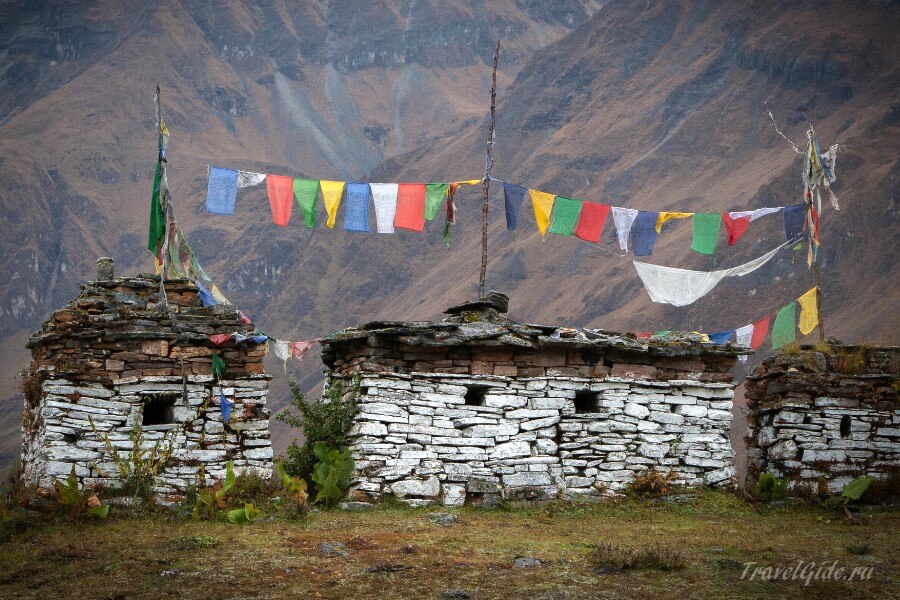
The centuries-old isolation of the mountain kingdom from the outside world, which its rulers considered the best guarantee of maintaining independence, still affects the lives of its citizens and the entire economic structure of the country to this day.
According to Travelgide.ru, the real power in it is still in the hands of the feudal nobility and the lamaist theocracy. All decisions, despite the existence of the Tsongdu parliament, are still being made by the Buddhist bosses, who have secular and spiritual power concentrated in their hands. And yet progress, step by step, invades this reserve of Lamaism and the Middle Ages.
Signs of change and new trends can now be found everywhere here, of course, with the exception of remote and hard-to-reach areas. These first steps in the construction of a new life, in the creation of new social structures are connected, first of all, with the many-sided assistance that India provides to Bhutan.
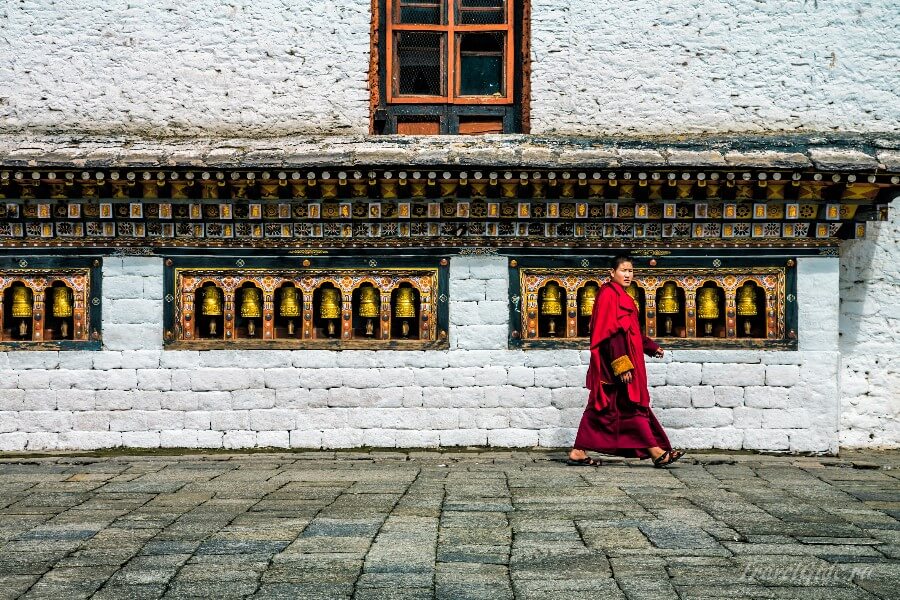
Today, a few hours are enough to get from its border to the Bhutanese capital Thimphu along a magnificent highway built by Indian engineers. It gave a powerful impetus to the economic development of the country.
Practical Information: Travel Restrictions
Bhutan is an intriguing place, naturally beautiful and contrasting. Residents eat a very large amount of rice and at the same time love a variety of spices.
The country is isolated, and at the same time open. It is rich in monasteries, temples and Buddhist monuments, while offering the opportunity to stay in world-class hotels. No wonder it attracts tourists like a magnet.

However, it is worth knowing that individual tourism in Bhutan practically does not exist. If we don't fit into the proposed organized group tour, we may not get a visa. However, nothing is impossible!
If you are genuinely interested in this mysterious and distinctive country, choose a trip that will allow you to explore the most beautiful corners of Bhutan in an organized manner. Maybe you have decided to fly a helicopter to Everest...? Yes, this is also possible!